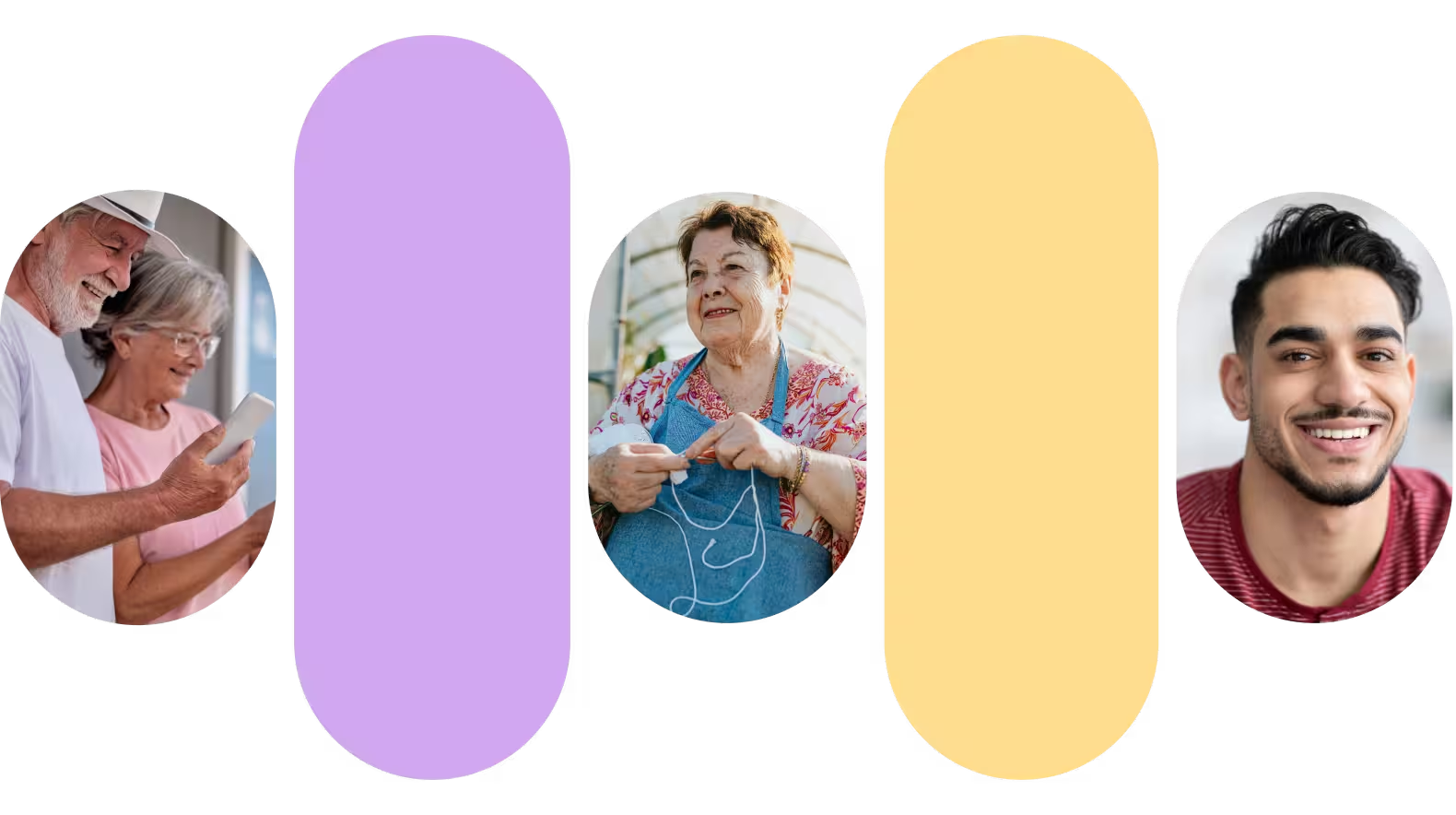Top 7 Benefits of Learning Sign Language
Find out about the benefits of knowing sign language and reasons why you should consider learning it. Click here to read more!

While learning American Sign Language (ASL) is a must for many in the Deaf community, it is not exclusive to them alone. It is worth noting that learning sign language can be a cool, fun, valuable skill just for anyone, regardless of whether they have hearing loss or not.
What some people might not know is that ASL is a complete, natural language. ASL is a fully developed and distinct language with its own grammar, vocabulary, and syntax. It is not simply a signed representation of spoken English but has its own linguistic structure.
Alas, ASL is not universal. Despite the misconception that sign languages are universal, ASL is specific to the United States and Canada. Other countries have their own sign languages, such as British Sign Language (BSL) in the United Kingdom and Australian Sign Language (Auslan) in Australia. According to the World Federation of the Deaf, there are over 300 signed languages in the world.
Going back to ASL, it is the third most commonly used language in the United States, after English and Spanish. ASL is used by a significant number of Deaf and hard-of-hearing individuals in the United States. It is estimated that there are between 500,000 to 2 million ASL users in the country. Its popularity is exploding and all the more reason to jump on board and learn a new and fun language!
Learning American Sign Language (ASL) offers several benefits, both practical and fun! Here are some of the advantages of learning ASL:
ASL is Recognized as a Foreign Language

Many educational institutions and universities in the United States recognize ASL as a foreign language and offer ASL courses as part of their language programs. Some schools even accept ASL for foreign language credits.They can’t find enough sign language teachers to teach high school students! Its rising popularity in education cannot be overstated.
Communication with the Deaf Community
ASL is the primary language used by the Deaf community in the United States. By learning ASL, you can communicate directly with Deaf individuals, fostering inclusivity and forming meaningful connections. By learning ASL, you can engage in social activities, attend Deaf events, and participate in Deaf culture, expanding your social circle and fostering a sense of belonging.
Enhanced Linguistic and Cognitive Skills
Learning a new language like ASL stimulates your brain and enhances your cognitive abilities. It improves your visual-spatial skills, memory, and multitasking capabilities. ASL also promotes cultural awareness and sensitivity towards diverse communication styles.
Learning ASL encourages cognitive flexibility by engaging different regions of the brain responsible for language processing and motor skills. This flexibility can extend to problem-solving abilities, adaptability, and creative thinking. Without going into too much scientific detail, many linguists agree that bilingualism and multilingualism can even protect against Alzheimers.
Better Parenting and Education
Learning ASL can be beneficial for parents of Deaf children or professionals in the education field. It enables effective communication and engagement with Deaf children, promoting their educational and emotional development. ASL can also be used as a tool for bilingual education, promoting cognitive flexibility and language skills in all children. If you have a Deaf child or a child with hearing loss, learning ASL can strengthen your parent-child bond. It enables you to communicate more effectively and fosters a sense of mutual understanding and support within the family.
One of the benefits of learning sign language is exposure for babies. Typically most babies can begin signing anywhere between 6 and 12 months old. They often start off with the signs for ‘milk’, ‘eat’, and ‘more’. Studies have shown that babies exposed to sign language speak earlier and have larger vocabularies. This is a great opportunity for parents and their child to begin connecting before speech is developed.
Improved Spatial and Visual Perception
ASL requires a heightened awareness of spatial relationships and visual processing. Learning ASL can enhance your ability to perceive and interpret visual information, which can be valuable in various contexts, such as visual arts, design, and spatial reasoning. Spatial reasoning is the ability to perceive the visual information in our environment and think about objects three dimensionally. Pretty cool, right?
There is an old long running word play in the deaf community that hearing people are from EAR-th while Deaf people are from EYE-th.
Enhanced Problem Solving in Noise or in Silence
ASL is not limited to silent communication. It can be useful in noisy environments or situations where verbal communication is challenging. ASL is also a surprisingly versatile language. You can use it to talk underwater, at great distances, at a loud concert, or even in total silence at a movie theater or a library. This is a really cool perk that comes with knowing sign language has no limits!
Personal and Professional Networking

Knowing ASL can open up various career paths. ASL proficiency can expand your professional and personal networking opportunities. It can help you connect with Deaf professionals, join relevant organizations, and engage in collaborative projects that promote inclusivity and accessibility.
You may find opportunities as an ASL interpreter, teacher, or advocate, enabling you to work closely with the Deaf community. Many industries, such as education, healthcare, the legal system, and customer service, value ASL proficiency, which can enhance your employability.
You could enhance your CV/resume with a second or third language.
Conclusion
The personal rewards of mastering a new language and engaging with a vibrant community can be truly fulfilling. It allows you to appreciate the richness and diversity of Deaf communities, contributing to a more inclusive worldview.
Like any other language, getting the hang of ASL simply requires lots of practice and determination. You just need to get started. To learn enough signs for basic communication and to sign them comfortably, can take a year or more. Be patient and you will succeed in learning the language!














